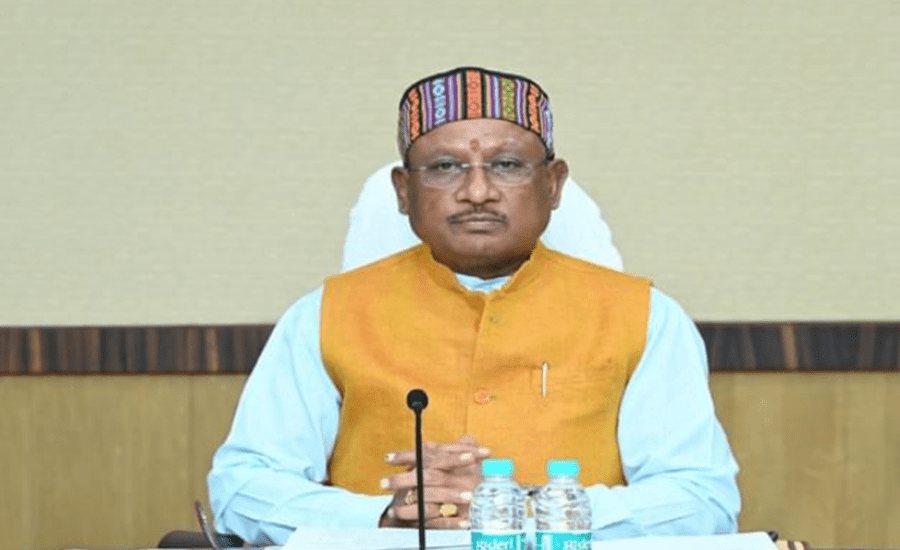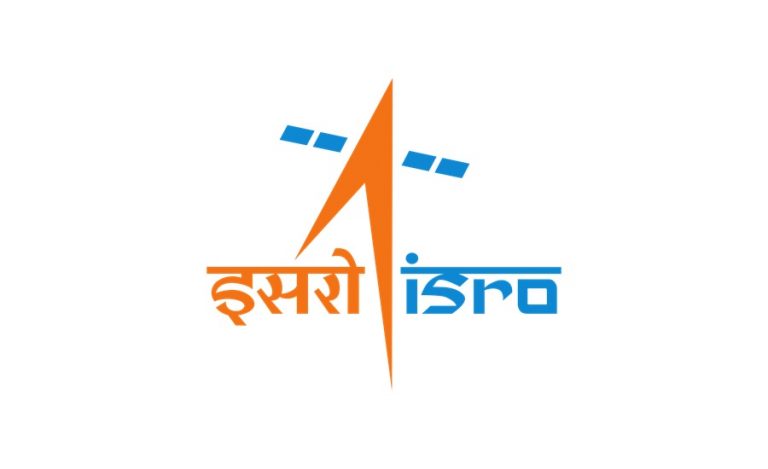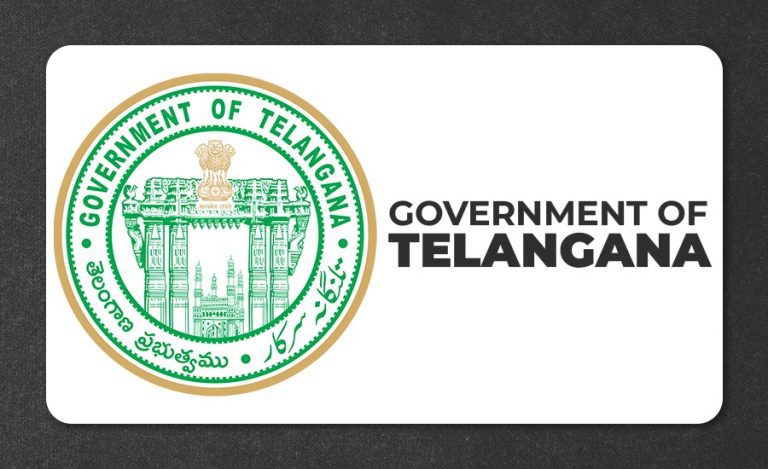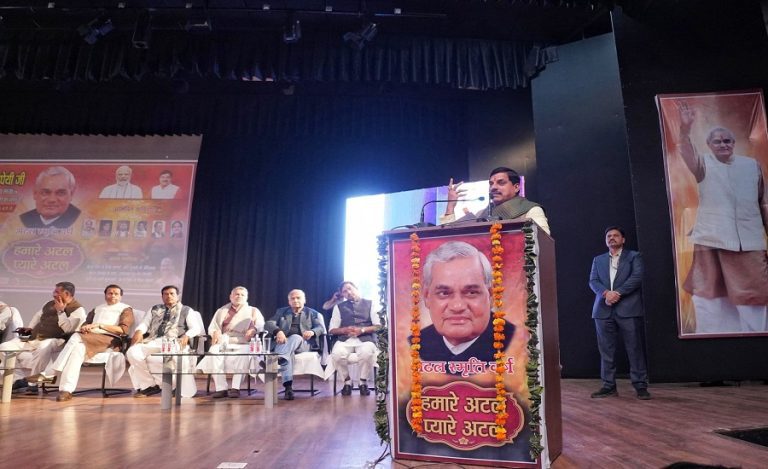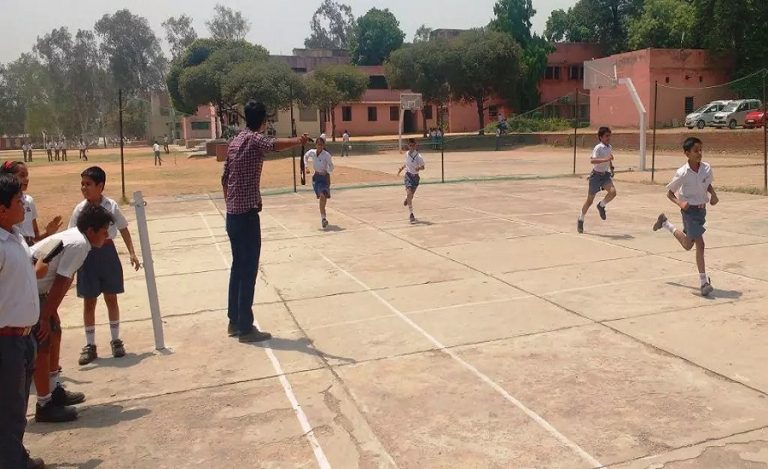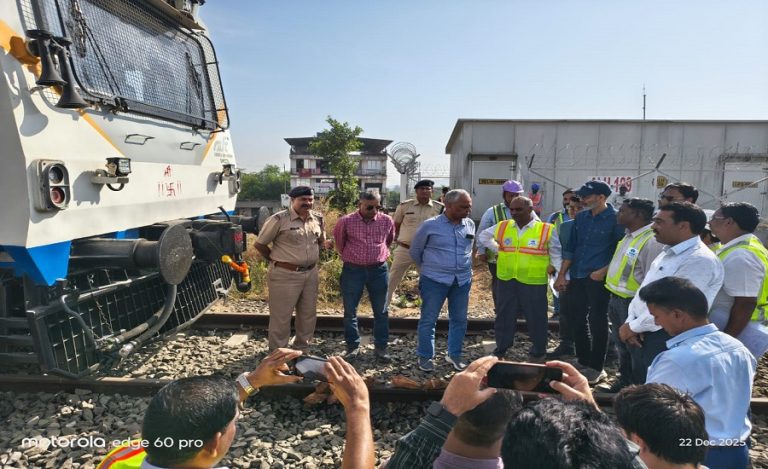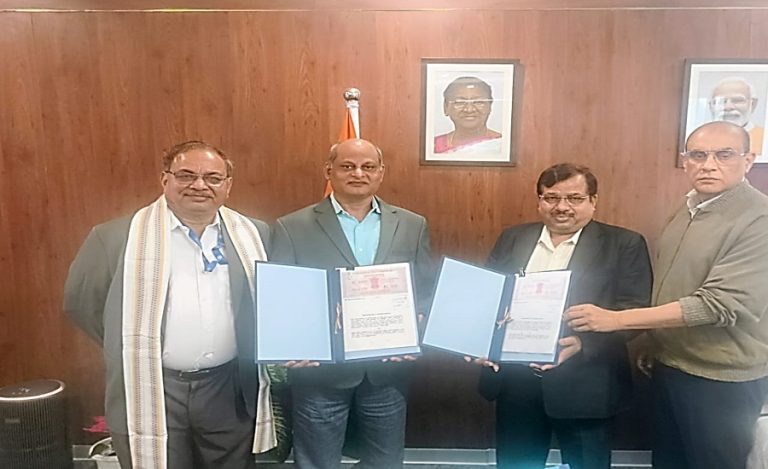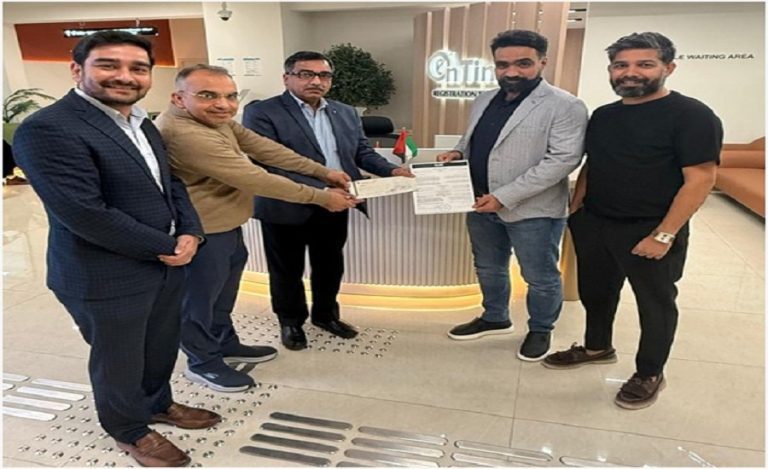In a landmark step towards planned urban expansion and regional integration, the BJP-led Chhattisgarh government is set to roll out a major development initiative next month by establishing the State Capital Region (SCR). Governor Mr. Ramen Deka has approved the bill passed in the last monsoon session of the Assembly, paving the way for this ambitious project modeled on the lines of the National Capital Region (NCR).
The State Capital Region will bring together four major urban centers—Raipur, Nava Raipur, Bhilai, and Durg—under one integrated master plan aimed at balanced, sustainable, and inclusive development. A notification formalizing the SCR has been published in the state gazette.
Integrated Development of Four Key Cities
According to the notification, the SCR plan has been divided into nine zones, detailing phased developmental activities, timelines, and infrastructure targets. The vision document titled ‘Chhattisgarh Anjor 2047’, prepared by the State NITI Aayog, outlines a roadmap for integrating these cities into one cohesive urban corridor.
The SCR development blueprint prioritizes 13 key sectors including education, healthcare, transport, information technology, business, tourism, modern infrastructure, and skill development.
“The development of SCR will serve as a growth engine for the state’s economy. It will open new opportunities for industrial investment, urban development, and employment generation,” said Chief Minister Mr. Vishnu Deo Sai.
Capital Region Development Authority to Oversee Implementation
With the formal notification issued, the state will now constitute the Capital Region Development Authority (CRDA), which will be responsible for executing the SCR master plan. The CRDA will integrate 23 civic bodies and nearly 700 villages under one administrative framework, ensuring coordinated planning, efficient governance, and optimal use of resources.
A senior official informed that the CRDA will prepare a detailed project report (DPR) and carry out comprehensive surveys to meet the needs of the growing urban population, which is projected to exceed 50 lakh by 2031.
The CRDA will function on the lines of the NCR Planning Board, the Hyderabad Metropolitan Development Authority (HMDA), and the Mumbai Metropolitan Region Development Authority (MMRDA). The Chief Minister will serve as the Chairperson of the CRDA, while the ministers of urban administration and development, housing and environment, and public works will serve as key members.
Urbanisation to Power Chhattisgarh’s Economic Transformation
Currently, around 27 percent of Chhattisgarh’s population lives in urban areas, a figure expected to reach 45 percent by 2047. The SCR initiative will address the mounting urbanisation pressures by developing smart infrastructure, sustainable housing, and efficient public transport systems.
The planned expansion of Raipur and Nava Raipur as twin smart cities, coupled with the industrial and logistics potential of Bhilai-Durg, will position the SCR as a major growth corridor in central India. The process of land acquisition and development will be carried out by the CRDA in a phased and transparent manner.
Fulfilling a Key Poll Promise
The establishment of the SCR was a prominent commitment in the Bharatiya Janata Party’s 2023 Assembly election manifesto. By moving swiftly on this front, the Vishnu Deo Sai-led government aims to transform Chhattisgarh into a modern, well-connected, and economically vibrant state by 2047.
Officials believe that the SCR will not only redefine Chhattisgarh’s urban landscape but also attract national and international investors, generating large-scale employment and improving the overall quality of life.

